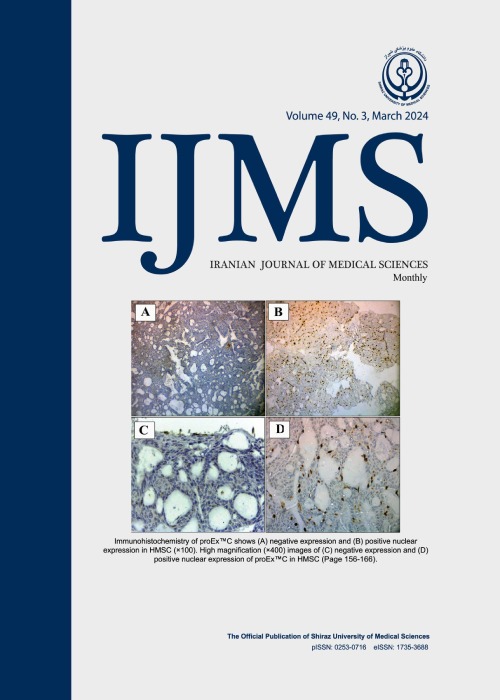Sustained Hypoxic Pulmonary Vasoconstriction in the Isolated Perfused Rat Lung: Effect of α1-adrenergic Receptor Agonist
Author(s):
Abstract:
Background
Alveolar hypoxia induces monophasic pulmonary vasoconstriction in vivo, biphasic vasoconstriction in the isolated pulmonary artery, and controversial responses in the isolated perfused lung. Pulmonary vascular responses to sustained alveolar hypoxia have not been addressed in the isolated perfused rat lung. In this study, we investigated the effect of sustained hypoxic ventilation on pulmonary artery pressure in the present of phenylephrine, an α1-receptor agonist, under the above condition.Methods
We performed this study in the isolated perfused rat lung. After preparation, the lungs were divided randomly into five groups of normoxic-normocapnia, hypoxic-normocapnia, phenylephrine pre- or post-treated hypoxic-normocapnia and phenylephrine pre-treated normoxic-normocapnia. Pulmonary hemodynamic, airway pressure and lung weight were measured during 60 min of the experiment for each group.Results
In the phenylephrine-pre-treated hypoxic-normocapnia group we observed a gradual increase in pulmonary artery pressure which approximated the results seen in the phenylephrine-pre-treated normoxic-normocapnia group. In contrast, in the phenylephrine-post-treated hypoxic-normcapnic group, pulmonary artery pressure did not change during the first 3 min of hypoxic-normocapnia. However at 1.5 min after administration of phenylephrine, this pressure began to increase sharply and continued until the end of the experiment. This response was biphasic (0-10 min: acute phase, 10-60 min: sustained phase) with significantly higher pulmonary artery pressure compared to the other groups. Conclusion
This study, for the first time, showed biphasic hypoxic pulmonary vasoconstriction in the isolated perfused rat lung with the sole administration of phenylephrine after but not before hypoxic gas ventilation. This finding suggested a facilitative role of alveolar hypoxia on pulmonary vasoconstriction induced by an α1-receptor agonist.Language:
English
Published:
Iranian Journal of Medical Sciences, Volume:39 Issue: 3, May 2014
Pages:
275 to 281
magiran.com/p1264189
دانلود و مطالعه متن این مقاله با یکی از روشهای زیر امکان پذیر است:
اشتراک شخصی
با عضویت و پرداخت آنلاین حق اشتراک یکساله به مبلغ 1,390,000ريال میتوانید 70 عنوان مطلب دانلود کنید!
اشتراک سازمانی
به کتابخانه دانشگاه یا محل کار خود پیشنهاد کنید تا اشتراک سازمانی این پایگاه را برای دسترسی نامحدود همه کاربران به متن مطالب تهیه نمایند!
توجه!
- حق عضویت دریافتی صرف حمایت از نشریات عضو و نگهداری، تکمیل و توسعه مگیران میشود.
- پرداخت حق اشتراک و دانلود مقالات اجازه بازنشر آن در سایر رسانههای چاپی و دیجیتال را به کاربر نمیدهد.
In order to view content subscription is required
Personal subscription
Subscribe magiran.com for 70 € euros via PayPal and download 70 articles during a year.
Organization subscription
Please contact us to subscribe your university or library for unlimited access!


